What is Mitochondrial Donation IVF Treatment
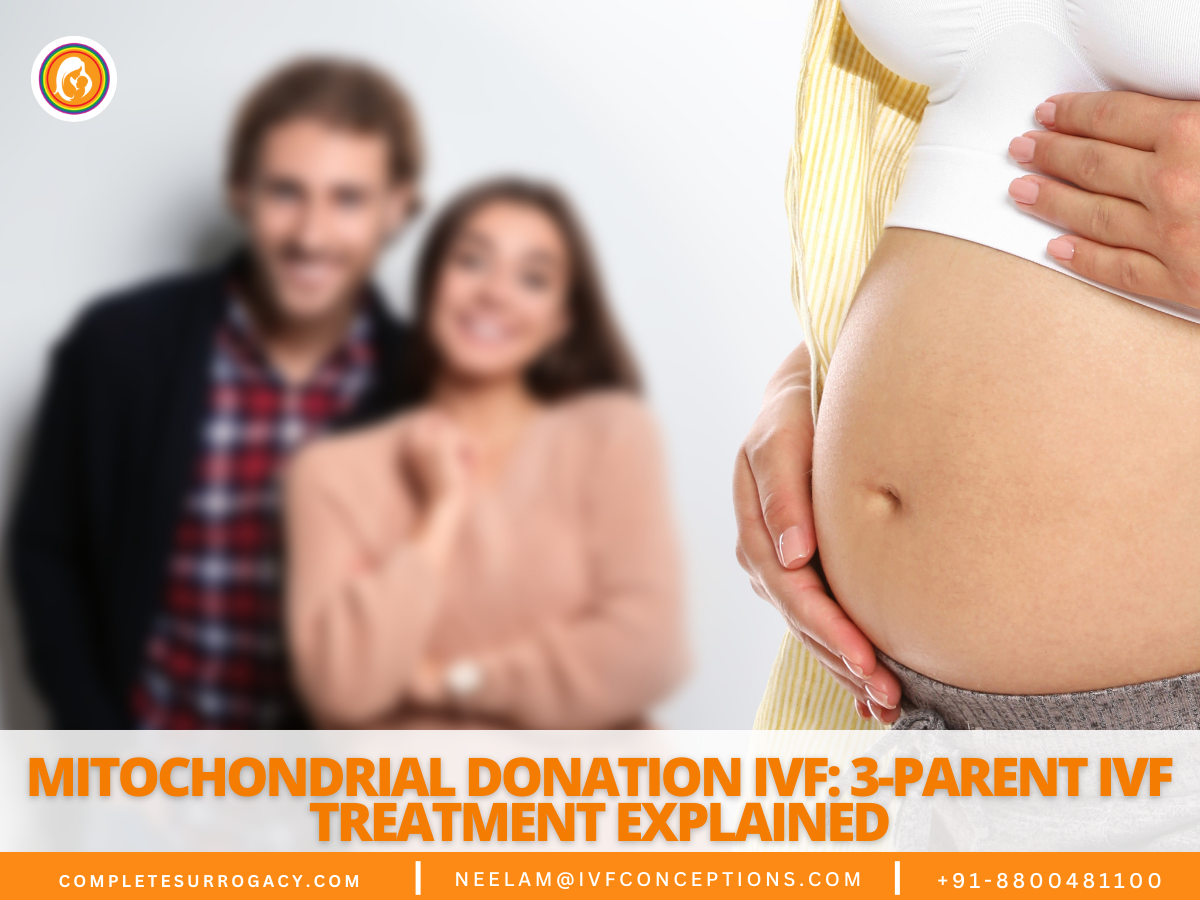
Have you heard of a “three-parent baby”? This cutting-edge reproductive technology is known as Mitochondrial Donation IVF Treatment, a breakthrough in assisted reproductive technology that helps prevent the transmission of mitochondrial diseases from mother to child.
Mitochondrial diseases are inherited conditions caused by defective mitochondria, which are responsible for generating energy in cells. Mitochondrial IVF treatment involves replacing faulty mitochondria with healthy ones from a donor, allowing women with mitochondrial disorders to have genetically related, disease-free babies.
- Book an online appointment: Get a free online consultation.
- Call\W:+91-8800481100 Email:neelam@ivfconceptions.com
As a result, Mitochondrial Replacement Therapy (MRT) is becoming a game-changer in genetic disease prevention, offering new hope for families affected by mitochondrial conditions. While this advanced fertility treatment is not yet widely available, it represents a significant leap forward in IVF and reproductive medicine.
This treatment takes the good parts of mother and father’s DNA. It also adds healthy mitochondrial DNA from a donor egg. The child mostly takes after the mother and father, with a tiny bit from the donor. But, how does this new IVF treatment work? Let’s find out about it.
More Resources to Read:
Infertility Treatment and Surrogacy Process
9 Factors To Improve IVF Pregnancy Rate
International Surrogacy Options Worldwide
Surrogacy Guide for Surrogate Mothers
Key Takeaways
- Mitochondrial Donation IVF combines nuclear DNA from the mother and father with healthy mitochondrial DNA from a donor to prevent the inheritance of mitochondrial diseases.
- The procedure, known as “three-parent IVF” or Mitochondrial Replacement Therapy (MRT), allows women with mitochondrial disorders to have genetically related children without passing on their faulty mitochondrial DNA.
- The resulting child inherits over 99.8% of their DNA from the mother and father, with a small amount (less than 1%) of mitochondrial DNA from the donor.
- Mitochondrial donation offers hope for women with mitochondrial diseases, but the technique also raises ethical concerns and has technical challenges that researchers are working to address.
- As this technology continues to evolve, it will be crucial to closely monitor the long-term safety and efficacy of “three-parent IVF” for affected families.
What is Mitochondrial Donation IVF Treatment – 3 Parents IVF
Mitochondrial Donation IVF, or Mitochondrial Replacement Therapy (MRT), mixes DNA from a couple with healthy DNA from a donor egg. Thus, it forms an embryo with genetic bits from the mother, the father, and the donor.
Mitochondrial Replacement Therapy (MRT)
During MRT, the nucleus from the mother’s egg is put into a donor egg. Then, the embryo has the mother’s DNA and the donor’s healthy mitochondria. This lets women with mitochondrial issues have children but without their DNA issues.
Nuclear and Mitochondrial DNA Transfer
The child gets most of its DNA (over 99.8%) from its mom and dad. They get a bit of mitochondrial DNA (less than 1%) from the donor. This mix of three people’s DNA is why we call it “three-person IVF” or “three-parent IVF”.
Three Genetic Contributions- 3 parents invitro fertilization
With Mitochondrial Donation IVF, women with mitochondrial problems can have their own genetic children. It won’t pass on their faulty mitochondrial DNA. This advance can change the lives of many families affected by such disorders.
MITOCHONDRIAL DONATION STATISTICS
• Average age of patients undergoing Mitochondrial replacement treatment: above 40 years old
• Average number of accumulated patients’ egg cells: 4-5
• Fertilization rate: 96%
• Blastulation rate: 56%
• Euploid blastocyst rate: 61%
• Clinical pregnancy rate per embryo transfer (ET): 60%
| Statistic | Value |
|---|---|
| Average Patient Age | Above 40 years old |
| Average Eggs Retrieved | 4-5 |
| Fertilization Rate | 96% |
| Blastulation Rate | 56% |
| Euploid Blastocyst Rate | 61% |
| Clinical Pregnancy Rate per ET | 60% |
Why Study Mitochondrial DNA?
Mitochondrial DNA (mtDNA) is key in our study due to its link to mitochondrial diseases. These diseases impact 1 in 5,000 people. They can harm how we produce energy in our cells.
Prevalence of Mitochondrial Diseases
Mutations in mtDNA can cause incurable conditions in many organs. The high number of cases shows how important it is to learn about mtDNA. Its function helps keep our cells working well.
Maternal Inheritance of Mitochondria
It’s interesting how maternal inheritance of mitochondria works. Mitochondria pass down through the mother only. This affects how mitochondrial diseases show up and spread.
Homoplasmy and Heteroplasmy
Mitochondrial DNA can be the same in all mitochondria (homoplasmy) or mixed (heteroplasmy). How much mtDNA is changed affects the disease’s seriousness. This makes finding the right treatment hard.
Mitochondrial Diseases and Treatment Options
Mitochondrial disorders can affect many parts of our body. They are due to problems in our cellular powerhouses. These issues can cause development slow-downs, seizures, weak muscles, and problems with sight and hearing.
All this results from a lot of energy needed by our brain, muscles, and important organs.
Symptoms and Affected Organs
Mitochondrial diseases show up in different symptoms and places. Because the mutation in mitochondrial DNA can change many organs. This can lead to delays in development, seizures, muscle weakness, and issues with sight and hearing.
Heart, liver, and kidney problems can also happen. How severe the symptoms are depends on how much of the mtDNA is changed.
Diagnosis and Limitations of Current Treatments
Diagnosing mitochondrial diseases can be tough. This is because symptoms vary a lot, and finding mutations is hard. There’s no cure, so treatments focus on helping with symptoms.
Patient and families must work with a team of healthcare providers. They might see genetic counselors and neurologists for care.
Prenatal Genetic Diagnosis and Its Challenges
Testing babies before birth can find mitochondrial mutations. But, it’s hard for women with a lot of these mutations. They find it tricky to ensure their baby won’t be affected.
This challenge affects families trying to avoid mitochondrial diseases in kids.
New mitochondrial donation methods have brought hope. Mitochondrial Replacement Therapy (MRT) offers a way for women to have healthy children.
Mitochondrial Replacement Techniques
Various mitochondrial replacement methods aim to halt mitochondrial disease transmission. They include pronuclear transfer, maternal spindle transfer, and polar body transfer. These methods take out the nuclear DNA from an egg or zygote with damaged mitochondria and put it into a donor egg. This donor egg has healthy mitochondria. It lets women with mitochondrial disorders have children who are genetically theirs.
Although mitochondrial replacement therapy (MRT) is new, it gives hope to women with mitochondrial diseases. By using the parents’ nuclear DNA and healthy mitochondrial donation, these techniques can stop mitochondrial diseases from being passed down. They offer a way for families to avoid these harmful genetic diseases.
What is Mitochondrial donation with Pronuclear Transfer?
• Mitochondrial donation with pronuclear embryo transfer (PNT) is a technology used to prevent passing mitochondrial diseases from mother to child.
• Mitochondria are tiny structures in cells that produce energy. They have their own DNA.
• Mitochondrial diseases are caused by mutations in this mitochondrial DNA, leading to problems like muscle weakness, vision loss, and developmental delays.
Key Points:
• Mitochondria supply energy (ATP) to the egg cell
- With advanced maternal age, this energy production can get damaged
- Lack of mitochondrial energy may cause poor embryo development
• Mitochondrial transfer can be advantageous for older mothers to get high-quality blastocysts (day 5 or 6 embryos)
How PNT Works:
• Takes the nucleus from a fertilized egg with unhealthy mitochondria
• Transfers this nucleus into a donor egg with healthy mitochondria (donor egg’s nucleus removed)
• Creates a hybrid egg with mother’s genes but donor’s healthy mitochondria
• The hybrid embryo is then transferred to the mother’s uterus to attempt pregnancy
What is Mitochondrial donation with Maternal Spindle Transfer
Mitochondrial Donation with Spindle Transfer (MST):
• Reproductive technique to prevent passing mitochondrial diseases from mother to child
• Involves transferring the nucleus (containing DNA) of the mother’s egg
- Into a donor egg that has had its nucleus removed
- But still has healthy mitochondria
• This creates a hybrid egg:
- With mother’s nuclear DNA
- But donor’s healthy mitochondria
• The hybrid egg is then fertilized with sperm
- And implanted into the mother’s uterus using IVF
Key Points:
• Highly complex and technically demanding procedure
• Requires specialized expertise and equipment
• Aims to replace defective mitochondria in mother’s egg
• With healthy mitochondria from a donor
• Similar to pronuclear transfer (PNT) technique, but differs in timing and type of cell used for transfer
Overall Process:
• Extract nucleus from mother’s egg
• Transfer it into donor egg with healthy mitochondria (donor nucleus removed)
• Fertilize hybrid egg with sperm
• Implant into mother’s uterus via IVF
Ethical and Legal Considerations
Mitochondrial donation techniques, or “three-parent IVF”, stir up ethical and legal debates. Some find it unnatural to combine DNA from three individuals. They worry about unknown future impacts and the selling of donor eggs, affecting donor anonymity.
Three-Parent Baby Ethical Debates
Those against this technique talk about how a child gets DNA from three parents. They ask if this is natural and worry about the child’s future well-being. The term “three-parent babies” has brought up intense debates on morals and society.
Regulatory Status and Approval Process
Different places have different laws on mitochondrial donation. The UK allows it, but many other countries either ban or restrict it heavily. The process includes careful reviews to use the techniques in a safe and ethical way.
The discussions around three-parent baby ethical issues show how complex this field is. With time, we expect more talks involving scientists, doctors, lawmakers, and the public to decide the best way to use and monitor this technology.
Risks and Potential Complications
Mitochondrial donation can help women with mitochondrial disorders. But, it’s not risk-free. A main worry is mitochondrial-nuclear genome mismatch. This happens when the new mitochondrial DNA doesn’t fully mix with the child’s genes. This can cause health issues or other problems.
There’s also the danger of mitochondrial carryover. This means some bad DNA from the mother’s egg might mix with the new DNA. If the bad DNA starts to grow, it could lead to mitochondrial reversal. This is when the child ends up with the disease they were trying to avoid.
Scientists are looking into these risks and how to stop them. They plan to keep watching kids who receive mitochondrial donation. This will help them make sure these treatments are safe and work well. Keeping the children’s health first is very important as we learn more about this area.
Three parents IVF pros and cons
The use of three-parent IVF has its good and bad parts. It helps women with mitochondrial issues have kids without passing on severe diseases. This is a big deal for families dealing with health problems.
But, some people worry about the ethics. They question making babies with parts of three people. They also fear we might not know all the ways this method could affect babies. And, there’s a worry about using donor eggs for profit.
There are also tech issues, like mixing different parents’ DNA. Experts debate over the potential risks, like disease coming back because not all faulty DNA was removed. Families must think hard about whether to try three-parent IVF. They should look at the good and bad sides for their situation.
| Three Parent Invitro Fertilization Advantages | Three Parent Invitro Fertilization Disadvantages |
| Allows women with mitochondrial disorders to have genetically related children Can prevent the inheritance of severe and often fatal mitochondrial diseases Offers life-changing opportunities for affected families | Raises ethical concerns about creating babies with genetic material from three individuals Potential for unknown long-term consequences of the procedure Risks of mitochondrial-nuclear genome mismatch and disease reversal Commodification of donor eggs |
When considering three-parent IVF, each family must carefully check the pros three parents ivf pros and cons and three parent invitro fertilization advantages and disadvantages. It’s important to watch how this method improves. Regulations and checks are crucial as we learn more about it.
Mitochondrial Replacement Therapy Cost
Mitochondrial replacement therapy, nicknamed “three-parent IVF,” varies in cost. This depends on where you get it and the clinic. In the UK, approved clinics charge between £30,000 and £60,000 per try. This cost covers IVF, mitochondrial donation, and genetic tests and advice.
3 parents baby cost
The bill can go up if more than one try is needed for a baby. In places unclear on MRT’s legality, prices and risks are higher. Families should also think about the costs of raising a child with this method. So, money matters a lot, plus the big questions about what’s right and safe.
MITOCHONDRIAL DONATION PROGRAM
We do offer IVF with mitochondrial donation program with one of our leading fertility clinics and here are the possible services that you would like to consider.
Mitochondrial donation is a highly specialized medical procedure that requires expertise and specialized equipment. The procedure is typically carried out by a team of medical professionals, including a reproductive specialist, a geneticist, and embryologists.
It can offer hope to families affected by certain genetic diseases to have healthy children without passing on these conditions to future generations, to patients with advanced maternal age, and poor oocytes or embryos outcome.
Mitochondrial donation can refer to two different techniques: spindle transfer (MST) and pronuclear transfer (PNT).
Our Mitochondrial Donation program is a unique service and alternative to egg donation and thus improve the chances of IVF success with the female partner genetic material despite higher age.
SERVICES INCLUDE:
• Personal coordinator available from the initial contact
• Free medical consultation with a fertility specialist
• Airport, clinic and apartment pick-up and drop-off services
• Proven egg donor selection for your program
• Semen preparation
• Development of a personalized stimulation protocol for Intended parents
• Intended mother Egg collection
• Donor’s egg cells fertilization with ICSI method
• Patient’s egg cells fertilization with ICSI method
• Pronuclear transfer/spindle transfer
• Assisted hatching
• Cultivation of embryos until the blastocyst stage (5 days)
• Embryo freezing and storage for 6 months
• 1 frozen embryo transfer
• Intended parent support during and after the treatment program.
ADDITIONAL SERVICES ON REQUEST:
Pre-implantation genetic testing on aneuploidies PGT-A (24 chromosomes,incl. X,Y) Next Generation Sequencing (NGS) 490 Euro / embryo
Conclusion
“Three-parent IVF” is a big step in helping women with mitochondrial issues have children. It mixes parent’s DNA with healthy mitochondrial DNA from a donor. This way, harmful mitochondrial diseases are not passed to the children.
This method is new and not everyone agrees with it. But, it could make a big difference for families facing mitochondrial problems. We need to watch closely how safe and effective this treatment is in the long run.
This approach shines a light of hope for those affected by mitochondrial sickness. It’s an area of science that’s growing. And it might soon help more people have kids without these health worries.
If you’d like to learn more about IVF, Egg Donation, or surrogacy services globally, check out the rest of our website at Complete Surrogacy Agency. We offer legally secure and affordable surrogacy consulting services for FREE.
For more resources on IVF and Surrogacy, browse our other web page- IVF Conceptions.
For more resources on IVF and Surrogacy, browse our other web page- Georgia Surrogacy Agency.
Complete Surrogacy: Your Trusted Partner in International Surrogacy
At Complete Surrogacy, we have over 15 years of experience in international surrogacy, guiding 4,000+ intended parents worldwide. We provide safe, ethical, and affordable surrogacy solutions for single parents, LGBTQ+ couples, and heterosexual couples.
As members of EFS and ESHRE, we adhere to the highest ethical and professional standards. Our expert team is committed to providing accurate, compassionate, and transparent guidance, ensuring a legally secure and smooth journey to parenthood.
Let us help you build your family with trust, care, and integrity.
Get in touch for one FREE Surrogacy Consultancy!
References used:
FAQ for 3-Parent IVF Treatment
What are mitochondria?
Mitochondria are tiny organelles found inside our cells that generate the energy required for the body’s proper functioning. They contain a small amount of DNA (0.1%) that controls their energy production, separate from the nuclear DNA (99.9%) that determines personal traits like appearance and personality.
Can mitochondrial DNA diseases be cured?
Currently, there is no cure for diseases caused by mutations in mitochondrial DNA. Existing treatments only aim to reduce the severity of symptoms but cannot alter the course of the disease.
In what cases can the mitochondrial donation program be used?
Mitochondrial transfer techniques can be utilized for treating mitochondrial diseases as well as cases of low ovarian reserve and poor outcomes with standard IVF treatment.
What type of mitochondrial donation is more effective?
Pronuclear transfer and spindle transfer are considered the most effective mitochondrial transfer techniques. However, they require well-developed culture protocols and skilled micromanipulation.
Should embryos be tested after mitochondrial donation?
Blastocysts produced via mitochondrial transfer should undergo preimplantation genetic testing (PGT-A) for analysis.
Is mitochondrial donation safe?
Yes, mitochondrial donation is considered a completely safe technique for both the patients undergoing it and the future child.
What is Mitochondrial Donation IVF Treatment – 3 Parents IVF?
3 parent IVF is a fertility treatment that mixes DNA from both parents with healthy DNA from a donor egg. This makes an embryo with parts from three people: the mom, dad, and donor.
What is Mitochondrial Replacement Therapy (MRT)?
MRT moves the mother’s nucleus into a donor egg, creating an embryo with both the mother’s nuclear DNA and the donor’s healthy mitochondria.
What is the process of 3 parents invitro fertilization?
In 3 parent IVF, the mother and father’s DNA is joined with a donor egg’s healthy DNA. This helps women with mitochondrial issues have children without passing on their DNA problems.
Why is it important to study Mitochondrial DNA?
Studying mitochondrial DNA is crucial because over 1 in 5,000 people are affected by related diseases. These diseases can damage many parts of the body due to problems with energy production.
What are the symptoms of Mitochondrial Diseases?
These diseases harm the brain, muscles, heart, liver, and eyes. They can cause delays, seizures, weak muscles, vision or hearing loss, and organ issues.
What are the different Mitochondrial Replacement Techniques?
Key techniques include pronuclear transfer, maternal spindle transfer, and polar body transfer. They move the nucleus from an egg with bad DNA to a healthy donor egg.
What are the ethical and legal considerations for Three-Parent IVF?
Some worry about the ethics of using genetic material from three people in babies and any risks long-term. Issues like selling eggs and donor privacy are also important.
What are the potential risks and complications of Mitochondrial Donation IVF?
Possible issues are mismatched DNA, creating metabolic problems. Also, a small amount of bad DNA from the mother could sometimes lead to diseases later on.
What are the pros and cons of Three-Parent IVF?
This method helps women with mitochondrial diseases have their own children without the health risks. But, some ethical concerns and worries about the future’s effects are raised.
What is the cost of Mitochondrial Replacement Therapy (MRT)?
The expense can change, but in the UK, one cycle might cost from £30,000 to £60,000. The cost depends on where you go for the treatment.
Source Links
- https://www.theguardian.com/science/2023/may/09/first-uk-baby-with-dna-from-three-people-born-after-new-ivf-procedure
- https://www.ncbi.nlm.nih.gov/pmc/articles/PMC5714827/
- https://www.ncbi.nlm.nih.gov/pmc/articles/PMC7169912/
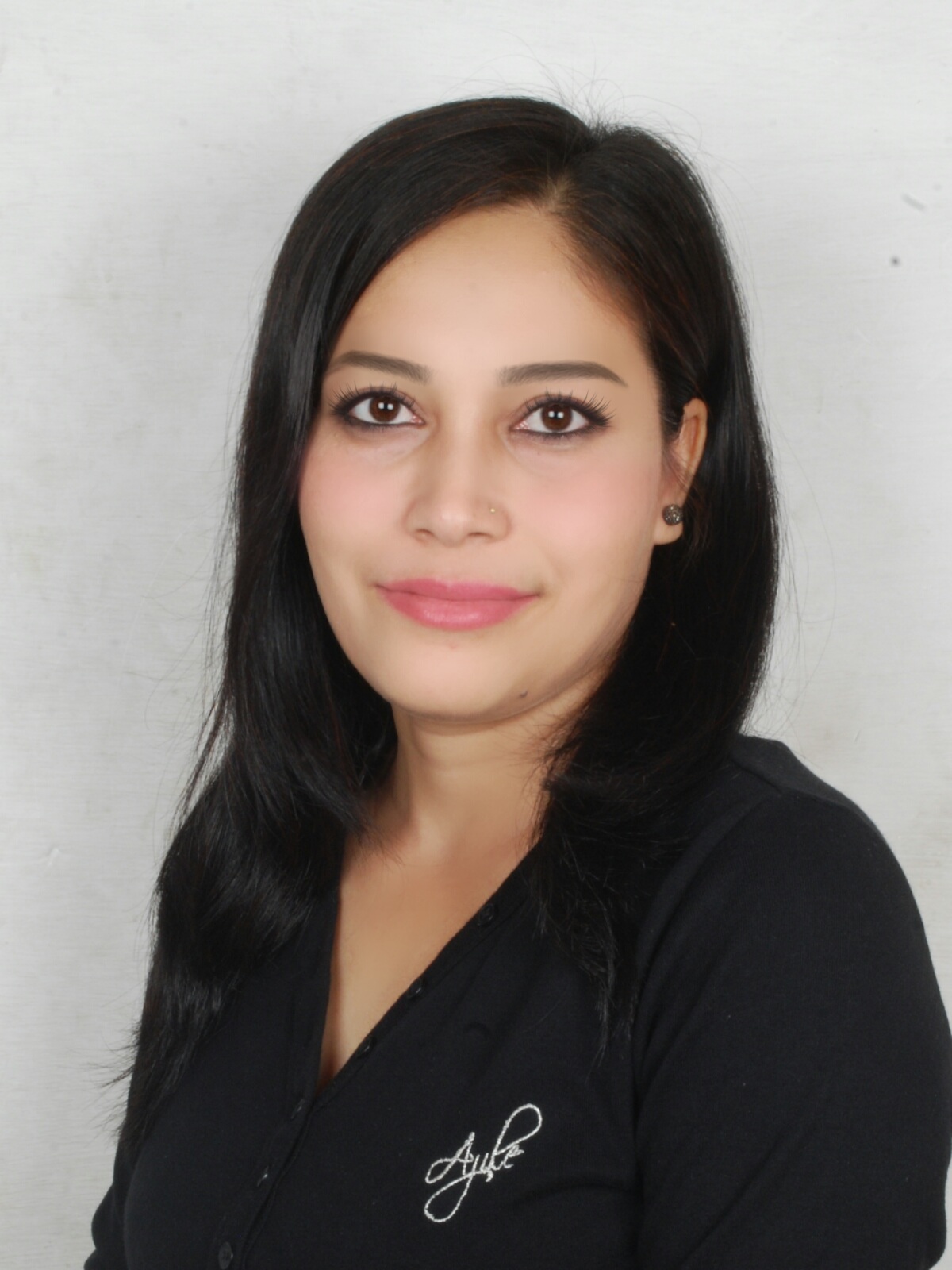
Author Bio: Neelam Chhagani is an International Surrogacy Expert with 15 years of experience in the fertility and surrogacy domain. As the founder of IVF Conceptions and Complete Surrogacy, she has guided over 4,000 intended parents worldwide on their surrogacy journey to parenthood. Recognized as a trusted authority, she specializes in holistic infertility solutions and third-party reproduction consulting.
Holding an MA in Counselling Psychology and a PGD in Mental Health, Neelam is a proud member of the European Fertility Society (EFS) and the European Society of Human Reproduction and Embryology (ESHRE). She is also a leading surrogacy blogger, providing valuable insights into ethical and practical surrogacy solutions.
Since 2010, committed to supporting ALL family types, Neelam has been passionate about helping intended parents grow their families with compassion, integrity, and a focus on secure and affordable surrogacy options Globally.
Learn more about Neelam:
https://www.ivfconceptions.com/neelam-chhagani-surrogacy-consultant/
https://www.linkedin.com/in/neelam-chhagani-92892229/

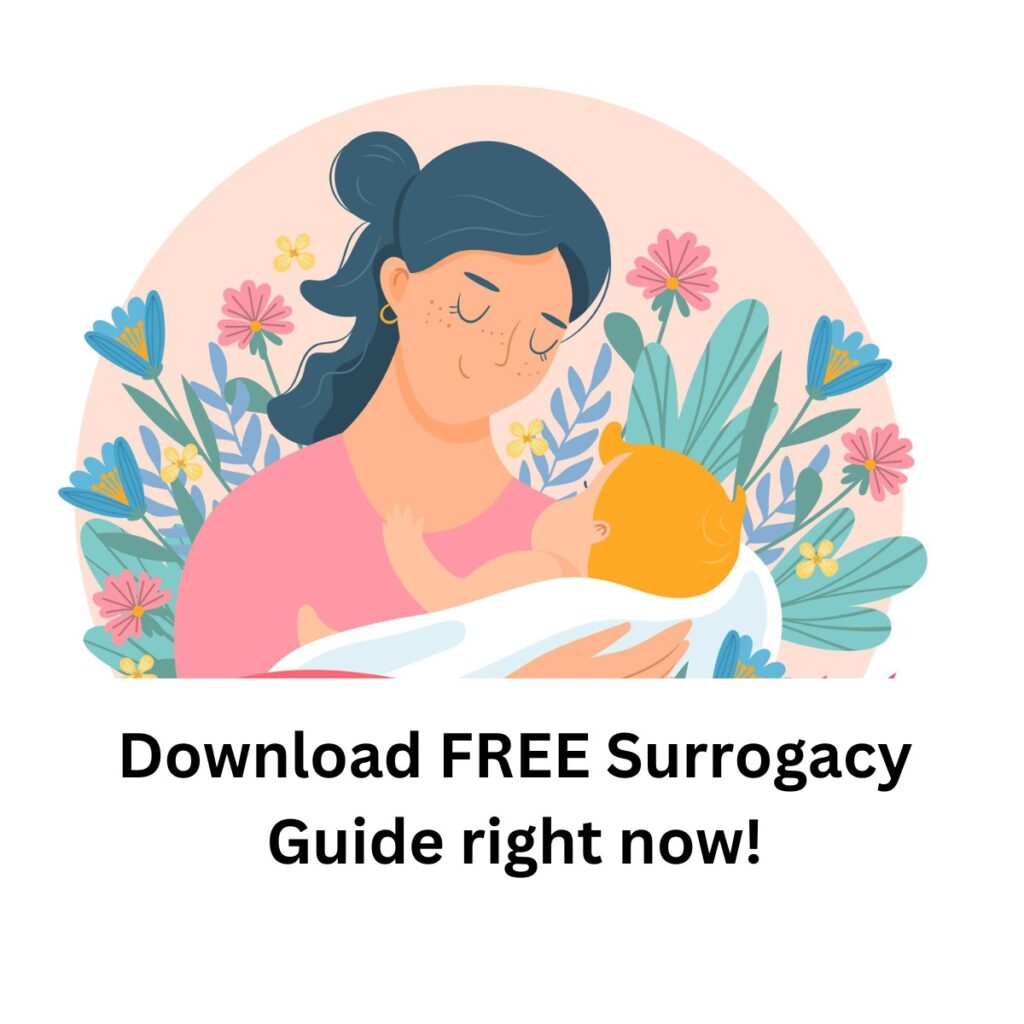


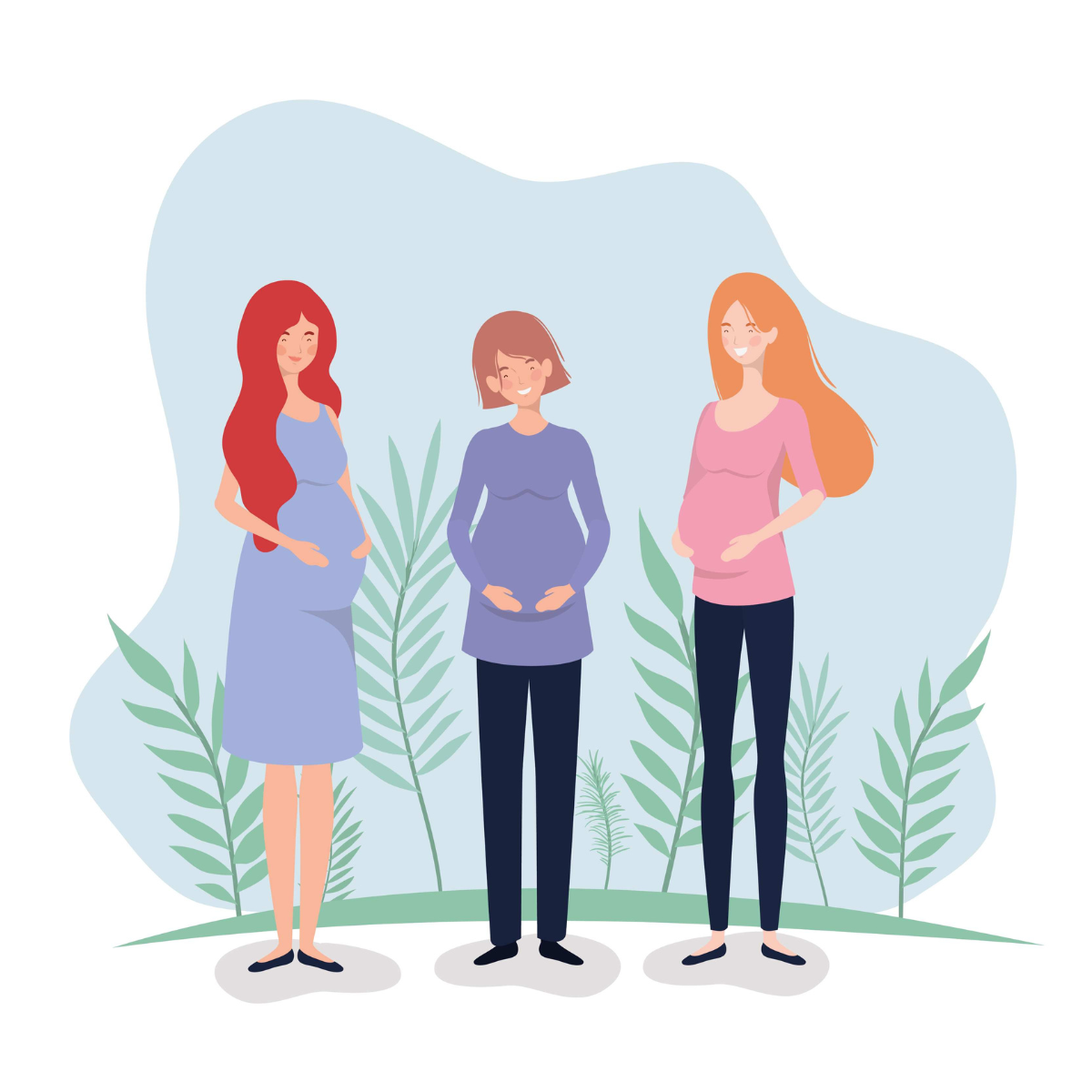
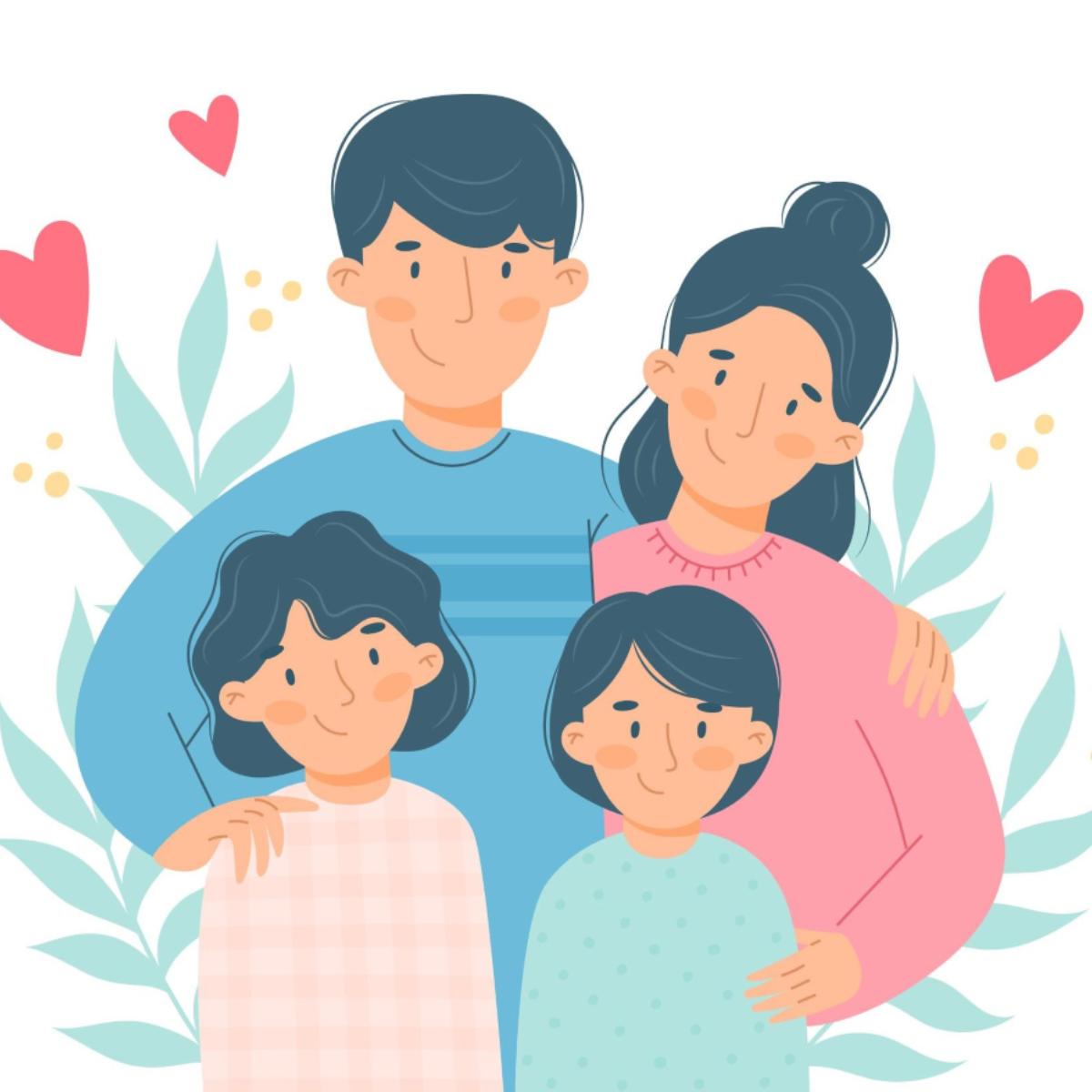









I was introduced to Neelam by a friend who worked with Neelam for surrogacy. Neelam is absolutely wonderful. I am a single male and the journey to fatherhood is not that easy. Neelam connected me to a program ideal for my circumstances. She was with me throughout the pregnancy providing advice and guidance along the way. I am so grateful I found her and am thrilled today that I have a beautiful daughter. I highly recommend Neelam to anyone who is on a journey to become a parent. Having a child has changed my world for the better. I wish others success with their own journey and recommend you connect with Neelam to find a path that is best for you.
SA (USA)